By xiaoyue\June 7 2025
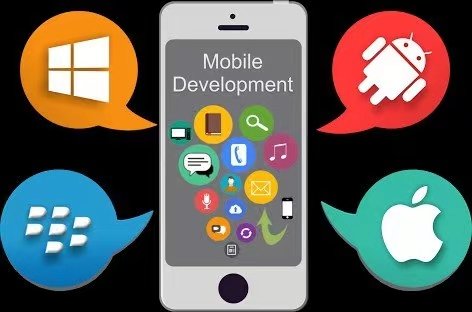
Hey there, fellow travelers!
So you’re planning a trip to China and wondering… will I still be able to use the internet like I do back home? Will I be able to check Instagram, message my friends, or Google something when I’m lost in a city of 20 million?
Let me reassure you — yes, absolutely! The internet here is super developed. We pretty much live on our phones — paying for things, chatting, ordering food, even unlocking shared bikes.
For most Chinese people, a phone is all we carry when we go out.
But… here’s the honest truth.
Accessing the international internet in China isn’t always as straightforward as you might be used to.
Apps and websites like Google, WhatsApp, Instagram, YouTube, Facebook, and X (Twitter) are all blocked in mainland China.
But don’t worry — I’ve got you covered.
With just a bit of prep, you’ll be able to get online as easily as if you were back home.
I’ve personally tested the options I’m about to share, so you’re getting the real deal, not just theory.

- Use a VPN – best for longer stays or if you need full access to everything
- Get an eSIM card – great for short trips and super easy setup
Let me break them down for you.
✅ Option 1: Use a VPN (My Go-To Solution)
Let’s start with the VPN, because this is what I personally rely on 90% of the time.
A VPN (Virtual Private Network) helps you bypass China’s internet restrictions so you can access your favorite sites and apps just like you would at home. But — and this is important — not all VPNs work in China. Many are blocked or super unstable once you arrive.
I’ve tried a bunch over the years, and these are the ones that consistently work well inside China:
🔥 My Trusted VPN Picks:
>>Astrill:
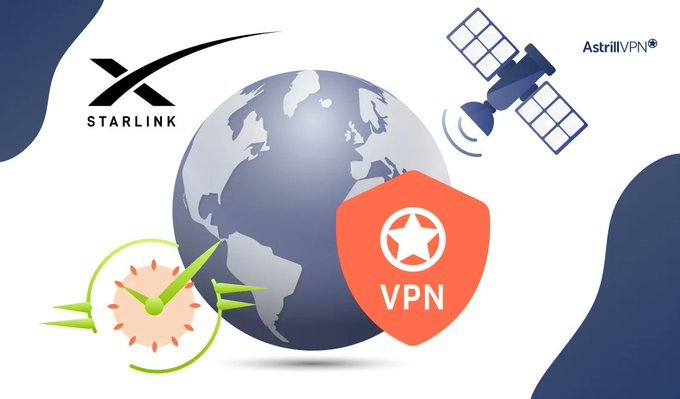
This one’s a powerhouse — fast, stable, and super popular with expats and long-term travelers in China. You get 5 simultaneous connections and a 7-day money-back guarantee. It’s a bit pricey, but honestly, it works.

>>LetsVPN
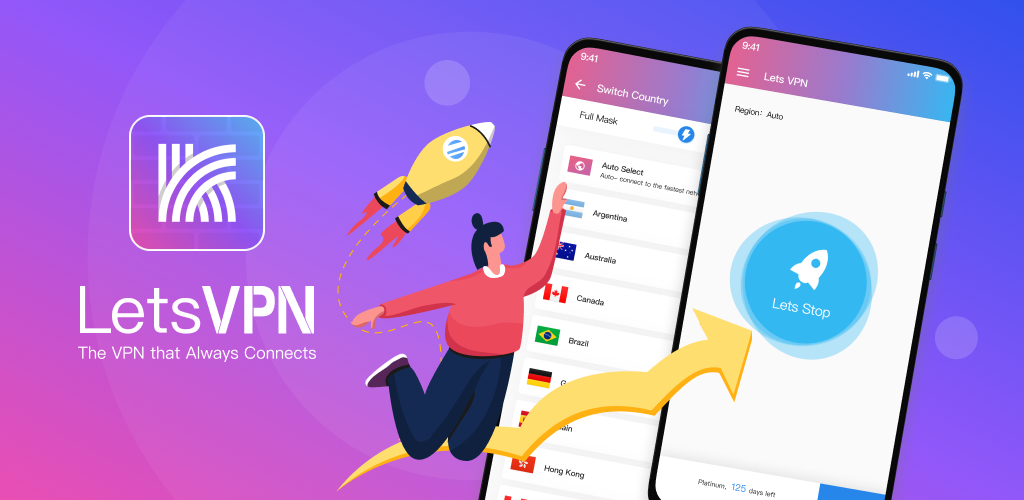
Specifically designed for use in mainland China — it’s fast, stable, and much cheaper than the big international brands. A lot of locals and foreign friends I know swear by this one.
👉 https://letsvpn.world
💡 What I like: Affordable and surprisingly reliable for daily use. Great for budget travelers.
>>ExpressVPN
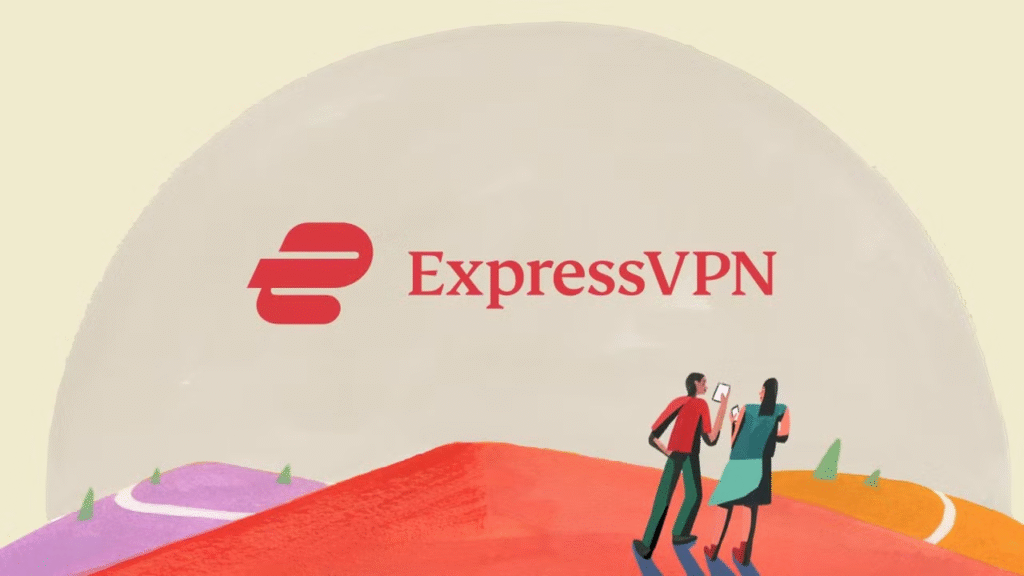
Probably the most famous VPN out there. Decent speed, easy to use, and works well most of the time in China. Comes with a 30-day no-questions-asked refund, which is nice.
👉 https://www.expressvpn.com
💡 Heads up: Some users report inconsistent performance in China. I keep it as a backup just in case.
Of course, feel free to use any other VPN you trust — just make sure it’s been tested in China.

- Download and install your VPN before you get to China. Once you’re here, most VPN websites and app stores are blocked, and you may not be able to download them anymore.
- Besides the official websites, you can also download the VPN apps you need from Google Play or the Apple App Store.
📱 Option 2: Get an eSIM Card (Perfect for Short-Term Travelers)
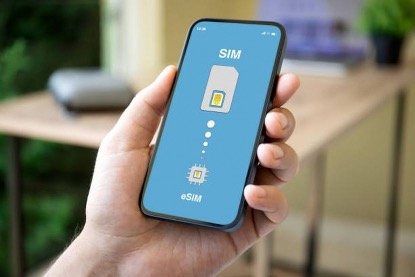
Not planning to stay long? Don’t want to deal with VPNs? Then an eSIM card might be your new best friend,It can also help you bypass firewalls and access the network freely.
What’s an eSIM?
It’s a digital SIM card that lets you connect to data networks in China (and sometimes beyond) without needing a physical card. Super handy — and way cheaper than international roaming.
🟡 A few things to note:
- eSIMs only support data — no calls or texts
- They don’t come with a phone number, so you can’t use them to sign up for Chinese apps like WeChat or Alipay
- They’re ideal for browsing, using Google Maps, or messaging on apps like WhatsApp (if you’re also using a VPN)
✅ Before you buy an eSIM, check:
- That your phone supports eSIM
- iPhone: Go to Settings → Cellular to see if “Add eSIM” is an option
- Android: Check under Mobile Network → SIM card management
- Or dial *#06# and look for an “EID” — if it’s there, you’re good!
- That your phone is unlocked
- Ask your carrier to be sure

>>Hong Kong eSIM (Multi-Region Coverage)
These work in China, Hong Kong, Macau, and Taiwan, with great stability and cheap rates.

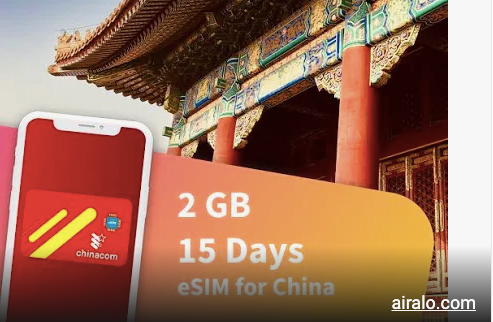
>>Global eSIM Providers
If you want something even more flexible, check out: AiralO/GigSky/Truphone/Ubigi/T-Mobile.
For short trips in China, I suggest Airalo, GigSky, or Truphone,they offer affordable and flexible packages.
If you’re hopping between countries in Asia, Ubigi or T-Mobile might be better.
Tip: Some eSIM cards will require network activation after arriving at your destination, otherwise they may not work, so please make sure you are clear when purchasing.

 Final Tips from Me Before You Land in China
Final Tips from Me Before You Land in China Install your VPN before you arrive
Install your VPN before you arrive
